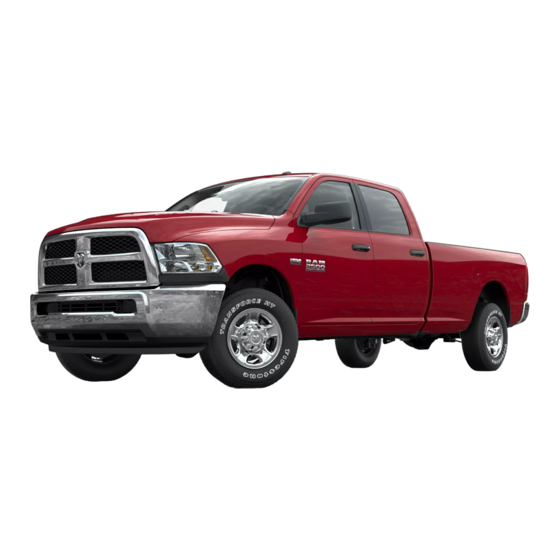
Dodge RAM 1500 Owner's Manual
Trucks
Hide thumbs
Also See for RAM 1500:
- Owner's manual (536 pages) ,
- User manual (300 pages) ,
- Features (16 pages)
Table of Contents
Advertisement
Advertisement
Chapters
Table of Contents
















Need help?
Do you have a question about the RAM 1500 and is the answer not in the manual?
Questions and answers